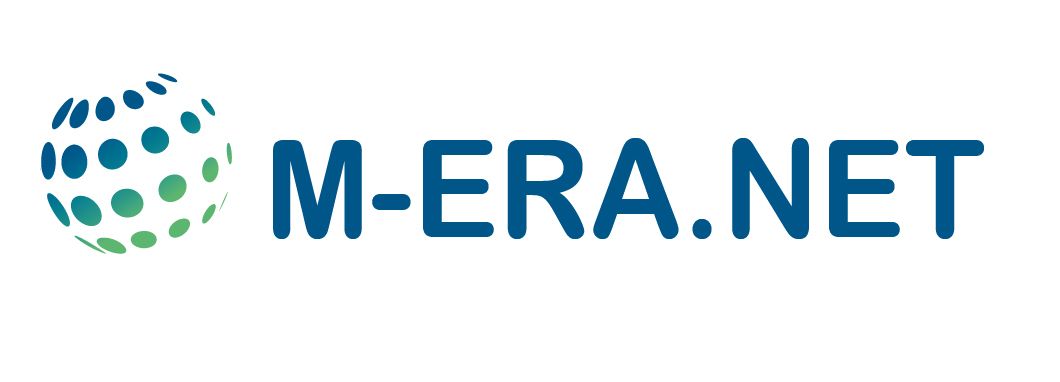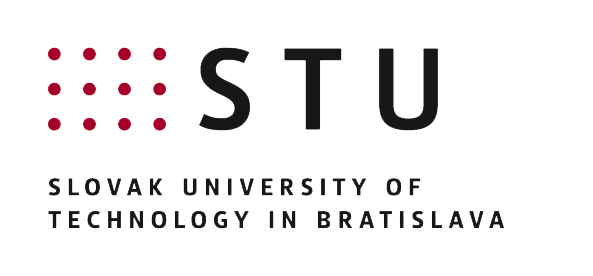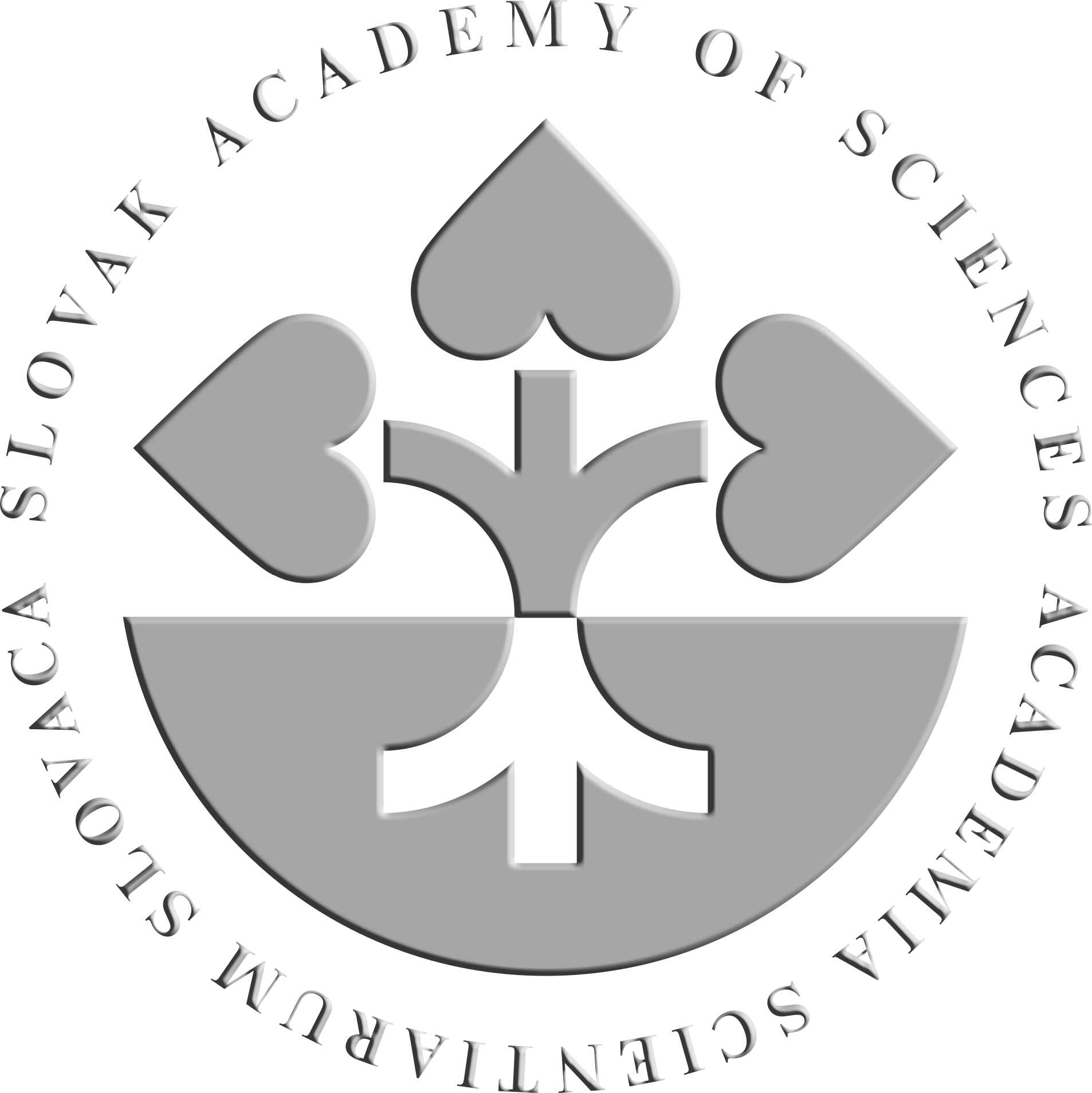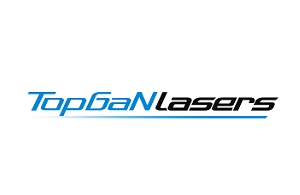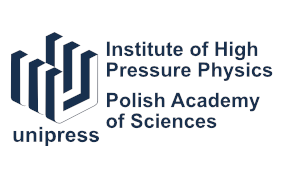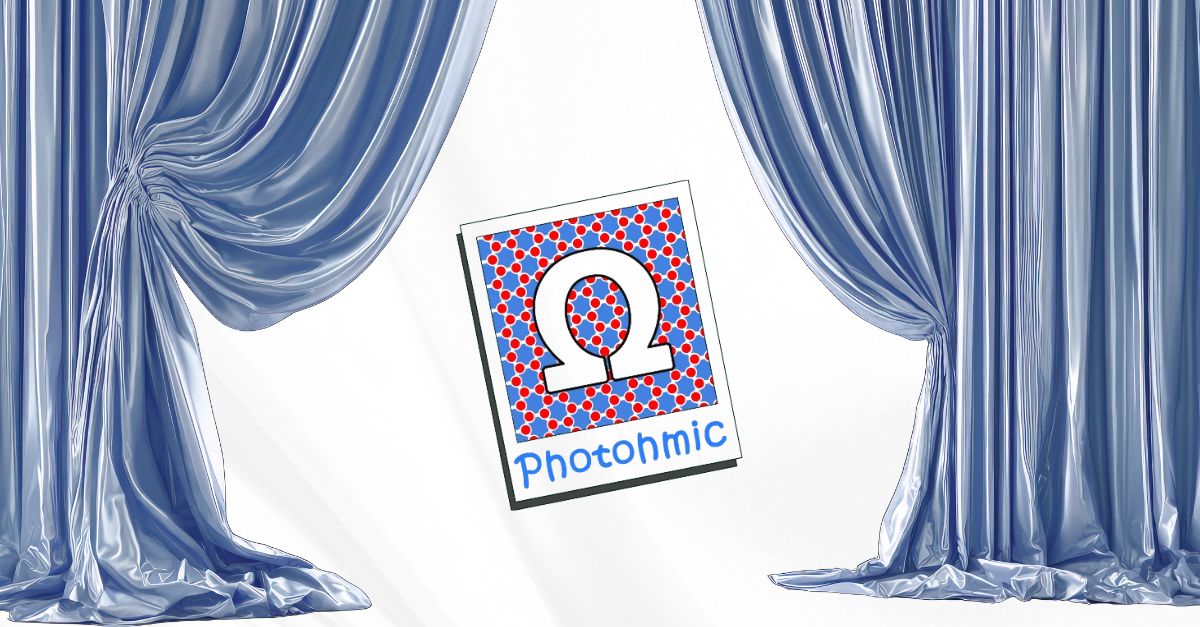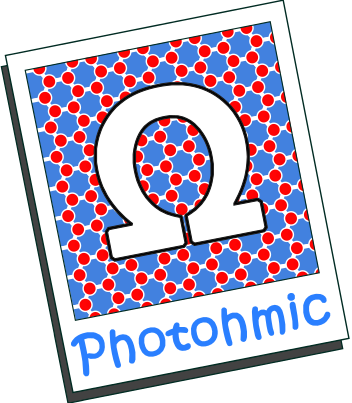
The objective of the project is to facilitate the technology of fabricating GaN PCSELs by developing ZnO:Al-based top ohmic contacts hosting the photonic crystals and acting as a current spreading layer, removing the need for degradation-inducing etching of the PCs into GaN.
The idea is a paradigm shift from the current developments in this hot topic. It will facilitate processing and improve the quality of the crystal structures, translating to better LDs at lower cost. The new LDs can find applications in laser displays, automotive beams, or machining.
The technology we plan to develop will enable high power single mode blue-to-violet solid-state lasers with performance metrics much higher than the conventional edge-emitting lasers. This will open up new opportunities for these devices and also enable to apply the technology not only for GaN-based semiconductors – says Michał A. Borysiewicz, Ph.D. D.Sc. – the project coordinator.
An important consideration in the project is the limiting of scarce resource consumption such as indium and gallium leading to a more sustainable technology. Thus the development of indium-free, gallium-saving, high power PCSELs will enable more energy-efficient high power light sources for automotive, display, welding and patterning industries at lowered costs.
Financing:
Consortium members:
Implementation
Project Photohmic was awarded in the Joint Transnational M-era.net Call 2024. The project is funded by the Polish National Centre for Research and Development (NCBR), Slovak Academy of Sciences (SAV), Slovak University of Technology (STU) and Hungarian National Research, Development and Innovation Office (NKFIH).
Project duration: 1.10.2025 – 30.09.2028
Total project cost: 802 000 EUR
NCBR contribution: 1 744 010.55 PLN
The project coordinator:
Michał A. Borysiewicz, Ph.D. D.Sc.

Project consortium
The Photohmic consortium consists of:
Łukasiewicz Research Network – Institute of Microelectronics and Photonics (Coordinator)
Łukasiewicz-IMIF is strongly focused on supporting SMEs with their expertise and resources to push for more innovations in the industry in further establishing the knowledge-based economy. Ł-IMIF is a member of the European Digital Innovation Hubs, and its research and development activities are aimed at providing businesses (in particular SMEs) with access to advanced, tailored microelectronic technology solutions. The team at Łukasiewicz-IMIF has a strong track record in the development of transparent conducting oxide electrodes for various electronic devices. The team realized previously a 2019 m-era.net project OxyGaN where ZnO:Al was developed in highly stable contact electrodes for p-GaN in Edge-Emitting Lasers enabling prolonged diode operation compared to the industry standard.
Slovak Technical University
The STU team works at the Faculty of Electrical Engineering and Information Technology (FEI) of STU and brings together expertise in modelling, simulating and design of photonic structures and devices. Each team member has a strong track record, and vast experience in simulating various photonic structures, including active structures, PC surfaces for light patterning, 3D photonic devices and others. The team’s ability to contribute is supported by leadership experience, gained by leading work on various projects and supervising several students across all levels of education, successfully contributing to increasing workforce know-how and capabilities within the region.
Institute for Technical Physics and Materials Science, HUN-REN Centre for Energy Research
The Institute for Technical Physics and Materials Science (MFA) is a member of the HUN-REN Energy Research Centre (EK). EK-MFA operates with a scientific staff of ~70 researchers in 7 departments, supported by technical and administrative staff of ~40. The project team belongs to the Thin Films Physics Department and the Nanosensors Department. The Thin Films Physics Department is an experienced leader and participant in EU and national projects dealing with wide bandgap semiconductors, graphene and 2D materials. The group expertize lies in applying TEM methods both in public funded projects and industrial contracts.
Institute of Electrical Engineering Slovak Academy of Sciences
The IEE SAS’s team consists of experts with extensive expertise in material research, device processing, and electrical testing. All of the key persons have a very good track record in the field related to GaN-based material and device research which consistently receives a good citation feedback. All key persons have extensive leadership experience gained by supervising of numerous undergraduate/graduate/postgraduate students and other experts and can attract students to work on particular project tasks and thus contribute to the training of the next generation of experts in the field.
Institute of High Pressure Physics, Polish Academy of Sciences
The Optoelectronic Devices Laboratory (ODL) at the Institute of High Pressure Physics (IHPP), also known as “Unipress”, is part of the research network of the Polish Academy of Sciences and is a leader in nitride semiconductor technology development in Poland. Unipress specializes in a broad range of processes, from bulk GaN crystal growth to MOVPE and MBE epitaxy, as well as device fabrication. The institute employs approximately 100 researchers with expertise across various areas of AlInGaN physics and technology. It is equipped with multiple MBE, MOVPE, and HVPE reactors, a large cleanroom facility, and comprehensive processing and packaging equipment. The ODL focuses on the physics, development, and characterization of nitride semiconductor-based optoelectronic devices. AlInGaN materials are essential for widely used semiconductor light emitters, such as blue, green, and UV LEDs, commonly found in white LED bulbs and backlighting systems for TVs and laptops. The ODL team primarily works on developing visible and UV laser diodes, high-power laser diode arrays, and superluminescent diodes.
TopGaN Lasers inc.
TopGaN Corp. (SME), established in 2001, focuses on the development and commercialization of nitride laser diode technologies. The TopGaN team was among the pioneers in Europe (second only to Osram) to demonstrate a blue-violet nitride-based laser diode. The company has a strong track record in innovative technology development, including laser diodes with graded-index claddings, superluminescent diodes, laser diode arrays, and semiconductor optical amplifiers. Based in Warsaw, TopGaN operates a complete laser diode production line that encompasses epitaxy, processing, packaging, and testing. Currently, the company employs about 15 people and primarily targets the emerging quantum technologies market. It specializes in producing external cavity laser diodes that operate at precise wavelengths, such as 422 nm and 461 nm. TopGaN holds numerous patents related to nitride device fabrication and actively participates in European research projects.
Contact
Michał A. Borysiewicz, Ph.D. D.Sc.
The project coordinator
michal.borysiewicz@imif.lukasiewicz.gov.pl



